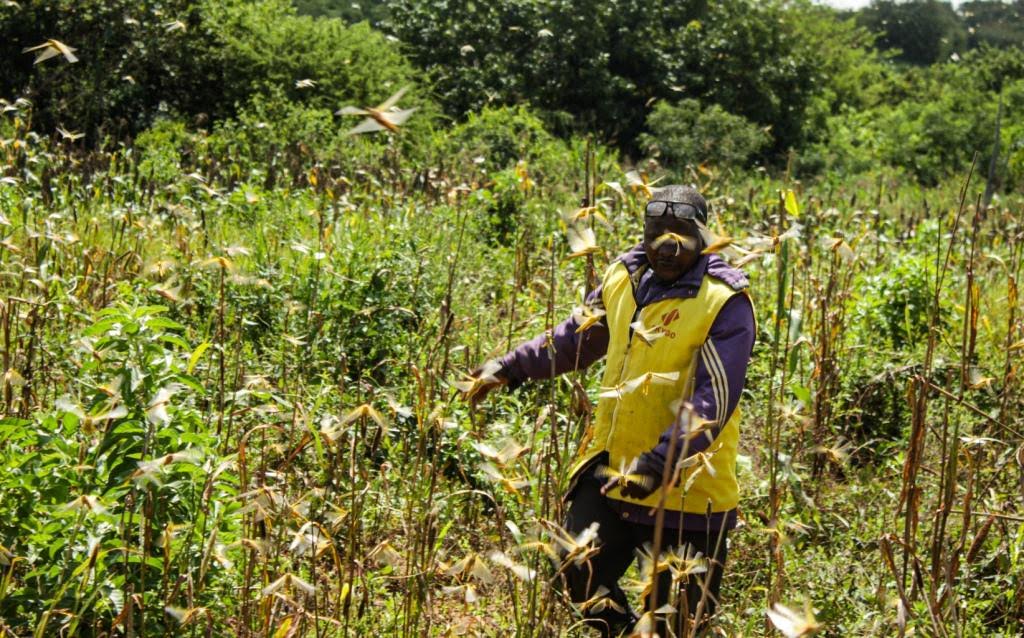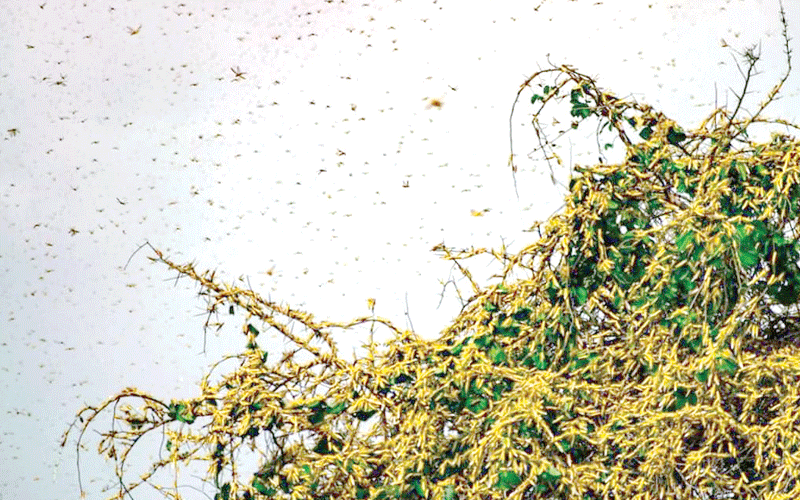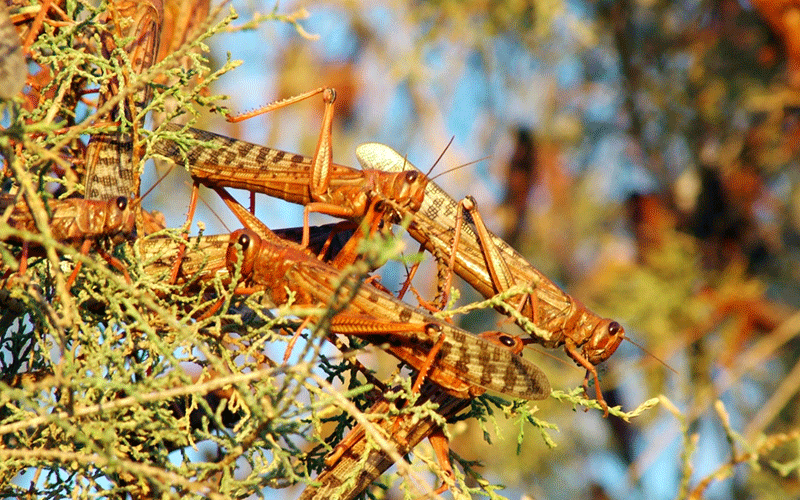FAO warns of second wave of locust attack

Samburu and other counties in Northern Kenya may be under a second threat of locusts attack, Food and Agriculture Organisation’s Desert Locust Watch Desert Locust Watch has now warned.
Warning comes as more swarms form and a new generation of breeding has commenced in neighbouring countries.
The latest update, the new swarms are likely to move southwards and threaten the country beginning mid-December.
FAO has since called on relevant authorities to be vigilant and prepare for a new wave of infestations.
Report notes that a few small maturing swarms persist in Samburu and local breeding could eventually occur in the northwest with the short rains.
“Climatic conditions are driving this new round of locust activity. In many areas, rains came early, triggering earlier than usual reproduction; other areas continue to get steady rains, which sparks locust breeding,” observed Keith Cressman, FAO’s Senior Locust Forecasting Officer.
Early and ongoing rains have led to a new cycle of breeding and fresh swarms are forming in Ethiopia, Somalia and Yemen.
According to Mr Cressman, the winds over the northern portion of the Horn of Africa are now starting to blow southwards again, raising concerns they could reach Kenya later in the year and with it swarms of locusts.
FAO has been coordinating efforts to control the locusts that have in the 2019/20 period attacked large swathes of areas from northern India, Middle East, Horn of Africa and even West Africa.
With international support coordinated by FAO, over 1.1 million hectares of land in Kenya and other 9 countries have been surveyed and treated for locust infestation since the beginning of the year.
Overall, the possible loss of 2.3 million tonnes of cereal -enough to feed more than 15 million people annually was prevented.
Unlikely places
In Kenya, the locust has affected at least 26 counties in the last 10 months.
While Northern Kenya formed the bulk of the counties affected, the pests were also spotted in unlikely places such as Kisumu, Kirinyaga and Narok.
But even with the new threat, FAO says that countries in East Africa are in a far stronger position to manage and contain the situation than 10 months ago.
“National capacities have been significantly strengthened. All the pesticides that are needed to carry out controls has been sourced and deployed across the region,” said Mr Cressman adding that countries now have fleets of aircraft and ground vehicles for surveillance and control in place and operating.













